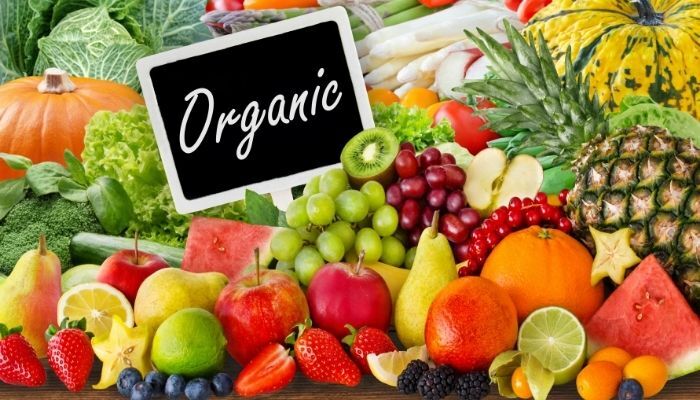
There is a strong consumer trend toward healthier and less processed food in Australia. According to statistics published by Ibis World, in 2020, the country’s organic farming sector was already worth over $2 billion and had been growing at a rate of about 8% for the last five years. In 2021, the industry is predicted to contribute around $2.6 billion to the economy and grow 15% a year until 2025.
Yet despite this, organic produce labelling is voluntary, and the industry is largely self-governed. Producers and consumers are strongly urging the government that this needs to change.
What are the current rules, and what is done elsewhere?
Unlike many other developed countries, there is no mandatory certification requirement for domestically sold organic produce in Australia. Instead, the standards used are owned by private companies and organisations. So, if a producer wants certification, they can do so through one of the country’s private certifiers. However, this remains entirely voluntary.
This is different elsewhere. For example, in the United States, anyone who wants to label produce with ‘organic’ has to seek approval and certification from the US Department of Agriculture (USDA). Similarly, in the UK, it is illegal to label something ‘organic’ without having been inspected and certified by an approved body.
This contrasts with the Australian approach, where there is no real oversight or baseline standard for what can be labelled 'organic'. Only if the label states 'certified organic' guarantees the product has been scrutinised by a third party as businesses must not provide misleading, false or deceptive organic claims on being 'certified'.
The current situation is damaging the industry
The main problem is that consumers are getting confused over what is allowed, leading to a lack of trust. All food labelling in Australia, including organic food, is strictly overseen by Food Standards Australia New Zealand (FSANZ) and the ACCC. But as things stand, many manufacturers put ‘organic’ on the front label with an asterisk in front and then write on the back that this only applies to one ingredient.
It is this confusion that is proving detrimental to the local organic industry. The vast majority of growers are playing by the rules and producing genuinely organic produce. However, the fact that there is a grey area is proving harmful. A recent study revealed that in 2020, 31% of shoppers who bought organic produce believed they had been misled by organic claims on packaging.
The lack of legislation also affects exports. If an Australian grower wants to export food labelled ‘organic’ abroad, certification is mandatory. However, as there are no enforced regulatory standards in the country, exporters face high costs due to having to meet specific certification regulations for each export market.
Producers and consumers argue new legislation is needed to create baseline standards. They believe this will build trust and allow equivalency relationships to be established with other markets.
The organic sector is confident change is coming
The size and growth of the organic industry have given the sector a certain amount of clout, and there is a strong desire for mandatory truth in labelling.
The peak industry body Australian Organic has expressed confidence new legislation for regulatory assurance standards will be signed in parliament next year.
Article by: Food Safety Select
As a food business owner, you understand the impor...
View MoreFoodborne illness is a significant concern for Aus...
View MoreThe food industry is no stranger to the threat of ...
View MoreAs a food business owner, it's crucial to ensu...
View More_1.png)